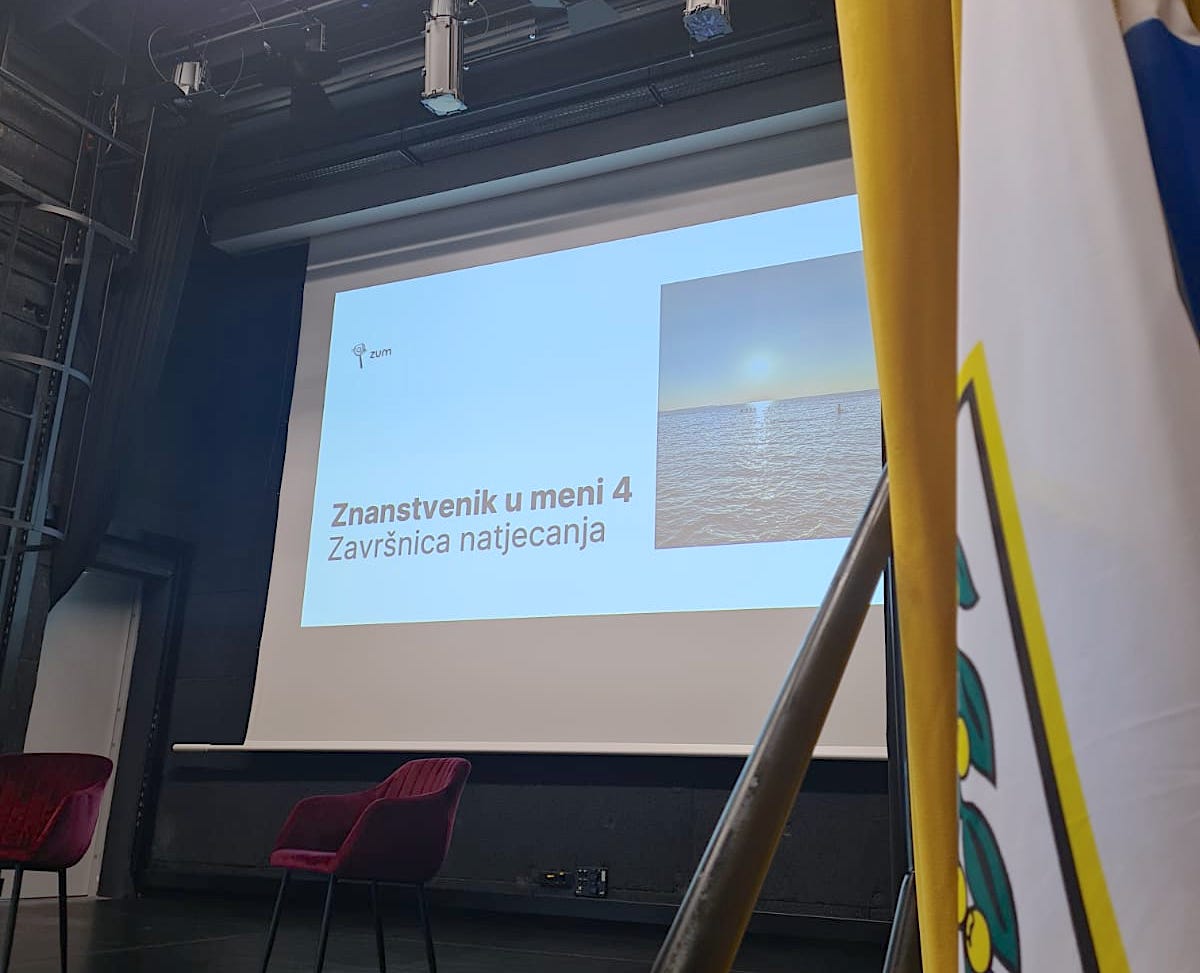The most prescribed drug in the world is atorvastatin (the inhibitor of cholesterol production in the liver, used to lower blood cholesterol levels). However, the most prescribed group of drugs are benzodiazepines. Behind the elegant and “clean” chemical structure of three rings – benzene, diazepine and phenyl ring lays a group of drugs so powerful and potentially harmful, and yet… so safe. Their list of indications is amongst the longest of all drugs, but they are also known as most commonly used drugs without doctors’ prescription. Not only are they being sold in the streets and on the black market, but they are also shared with friends and family as a “help” to get through a stressed or hard period in one’s life. What’s worse, because of their clinical efficiency when used properly, even doctors often prescribe them for minor problems and in the wrong dosages, or for too long of a time period. Although there are many positive sides of benzodiazepines and they can be extremely useful for many patients, which we will talk about in a minute, there is also a great risk attached to them, which not so many people are aware of. But let’s start from the beginning – how do they work?

A Saturday afternoon on the Croatian seaside. The coastal air alleviates the nervousness of contestants waiting to present. Lights shine the stage. The clock strikes two in Zadar. The fourth finale of The Scientist in Me starts.

Some parts of the following article contain spoilers from the Netflix original series Stranger Things.
As the super fans of popular Netflix series Stranger Things (also, me) are waiting for the Season 4 Volume 2 episodes, I still cannot get over the very powerful scene of Max escaping the deadly claws of Vecna. It positively shook me to the core that I decided to share it with you, as well as analyse it from a scientific point of view.
On the 25th of April, the World Malaria Day 2022 took place. This year’s theme was “Harness innovation to reduce the malaria disease burden and save lives“, since the main goal of the World Health Organization (WHO) was to highlight the necessity of research and development for new therapeutic strategies to eradicate the disease. Today, malaria is entirely preventable and curable disease if the symptoms are recognized in earlier stages, but in some cases, it is unfortunately not possible. Therefore, the estimated number of new cases in 2020 was 241 million, and within that number there were 627 thousand malaria-related deaths in 85 countries. The region at highest risk is the sub-Saharan Africa, where more than two thirds of deaths were reported among the children under the age of 5. Despite the promising and steady advances in controlling the disease between 2000 and 2015, in recent years there was an evident set-back especially in the number of preventable deaths. What are the causes of this stagnation and what can be done to prevent the spread of this highly contagious disease?
“Our primary mission is life critical. Our goal is very clear: to address the gross inequities in child health still existing in the world today. Life or death for a young child too often depends on whether he is born in a country where vaccines are available or not.”
Nelson Mandela, addressing the Vaccine Fund Board 2003 meeting in Johannesburg
The last topic in the series on medical research and clinical trials is related to studies on vaccines and, what better example to explain vaccines research than the recent Covid-19 pandemic. Similar to pharmaceutical products, vaccines trials occur in 3-4 phases (Phase I-III pre-marketing authorization and Phase IV after the vaccine is licensed).
This issue comes with yet another alumni interview. This time we wish to present to you Julia Hamblin-Trué, a pretty loyal alumni member and, as you’ll probably agree after getting to know her, a Swiss knife of Summer School of Science. Julia is currently an undergraduate student at CODE University of Applied Sciences in Berlin, where she studies Product Management. Her Summer School of Science journey started back in 2017 when she was a participant in S3++ camp. Continue reading and you’ll find out how her S3++ journey continued, where she is now and how she got there.
Co-author: Dora Grbavac
Those of you who have been around these parts of the web long enough to remember last year’s Summer School of Science announcements, as well as all the S3 alumni among you, may be pleased to read the title of this post. ‘Tis true! We are proud to announce that the Summer School is back – in person – and in spite of the pandemic that led to its cancellation twice in a row. If by some chance you have found this post without having heard of S3 before, read ahead a quick rundown. We urge all of you to check the School’s website for up-to-date information on what we are preparing for you.
HIV – a hero?
Several studies conducted in the 90’s suggested that prevalence of HIV infection was smaller in patients with sickle cell anemia than in healthy individuals. Although the mechanism behind that is still not fully understood, today we know a lot more than we did back at the end of the century. In order to understand the connection between sickle cell anemia and HIV infection, let us first take a look at both of them separately.
Ah, the never-ending cycle of continuous working, feeling you haven’t done enough and then binging on YouTube self-improvement videos hoping to start fresh tomorrow… or on Monday… or, well, at least next year. We have all been there and we have all done that. The amount of money those self-help videos and books make is even more ridiculous when you realize how toxic they can get. However, among the noise there is legit advice and a few methods that have been proven to work and are even applied in school curriculums for children suffering from attention deficits. One of them, the most popular one for sure, is the Pomodoro method.
This month’s issue brings us an interview with alumna Éva Bernadett Bényei, a medical doctor from Hungary and current PhD student at the University of Cambridge. Éva was a participant at S3++ 2013 and since then, she has already proven herself to be one of the most inspiring people most of us will ever get the chance to meet, as well as a very promising scientist.